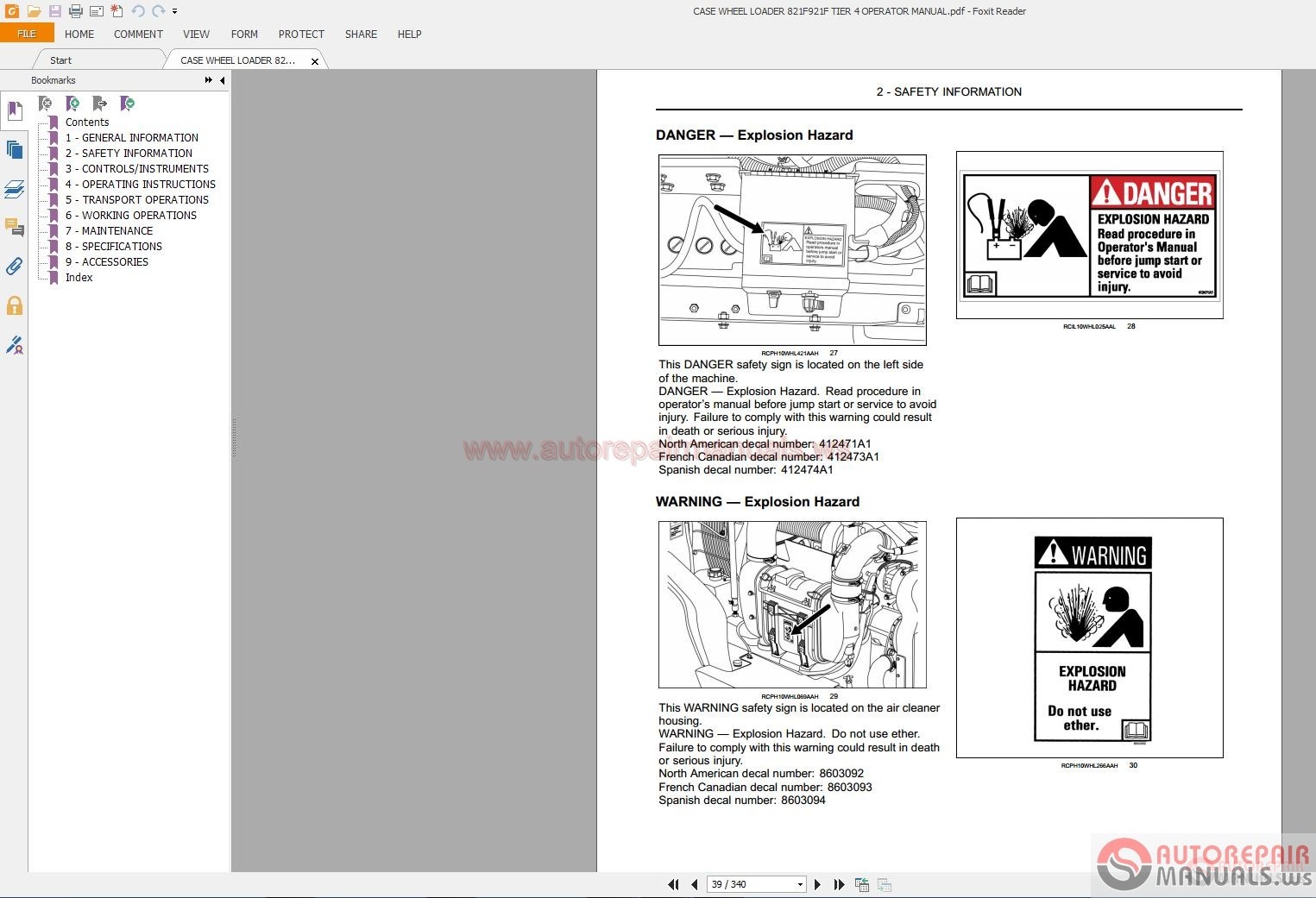- Technical manual operator s, unit, and direct support maintenance manual including repair parts and special tools list for radio set an/prc-90 nsn 5820-00-782-5308 (eic: jac) radio set an/prc-90-2 nsn 5820-01-238-6603 (eic: na) radio set an/prc-112 nsn 5820-01-279-5450 (eic: jbg) program loader ky-913/prc-112 nsn 7025-01-279-5308 (eic: jdi.
- See the DAGR manual J1: Tbl20-1, J2 Tbl20-2. The Radio Shack 276-1502 is a '15 Position High Density Female D-Sub connector with solder cups that fits the DAGR and PLGR allowing you to make up your own cables.
The AN/PSN-13 Defense Advanced GPS Receiver (DAGR; colloquially, 'dagger') is a handheld GPS receiver used by the United States Department of Defense and select foreign military services. It is a military-grade, dual-frequency receiver, and has the security hardware necessary to decode the encrypted P(Y)-code GPS signal.
Manufactured by Rockwell Collins, the DAGR entered production in March 2004, with the 40,000th unit delivered in September 2005. It was estimated by the news source Defense Industry Daily that, by the end of 2006, the USA and various allies around the world had issued almost $300 million worth of DAGR contracts, and ordered almost 125,000 units.[1] The DAGR replaced the Precision Lightweight GPS Receiver (PLGR), which was first fielded in 1994.
PEO Program TM Technical Manual UIC Pub/Form Title, OPERATOR AND MAINTENANCE MANUAL DEFENSE ADVANCED GPS RECEIVER (DAGR) SATELLITE SIGNALS NAVIGATION SET The DAGR technical manual is TM 11-5820-1172-13 (several versions evolved. Graphpad prism 8 for mac.
Due to the COMSEC electronics inside the DAGR, it is against US federal law (Title 18, United States Code, sections 641, 793, 798, and 952) for any individual or organization not authorized by the National Security Agency (NSA) to purchase or be in possession of the device. When devices are no longer useful or operational, they are to be returned to an NSA-approved vendor (usually the original supplier), where they are destroyed.
Rockwell Collins also manufactures a GPS receiver known as the 'Polaris Guide', that looks like a DAGR, but uses only the civilian C/A code signals. These units are labelled as 'SPS', for 'Standard Positioning Service', and may be possessed by non-military users.
Features[edit | edit source]
- Graphical screen, with the ability to overlay map images.
- 12-channel continuous satellite tracking for 'all-in-view' operation.
- Simultaneous L1/L2 dual frequency GPS signal reception.
- Capable of Direct-Y code acquisition
- Cold start first fix in less than 100 seconds.
- Extended performance in a diverse jamming environment.
- 41 dB J/S maintaining state 5 tracking.
- 24 dB during initial C/A code acquisition.
- Utilizes Receiver Autonomous Integrity Monitoring (RAIM).
- Selective Availability/Anti-Spoofing Module (SAASM) compatible (currently version 3.2).
- Wide Area GPS Enhancement (WAGE) compatible.
- Resistant to multi-path effects.
- Can be used as survey for weapons systems
- Fielded to the Army, Marine Corps, Navy, Air Force and select foreign military forces
- Designed to fit in a Battle Dress Uniform's 2-magazine ammo pouch
- Approximate cost to government per unit to acquire: $1,832[2]

Comparison to PLGR[edit | edit source]
| Parameter | PLGR | DAGR |
|---|---|---|
| Introduced | 1990 | 2004 |
| Frequency bands | Single (L2 only) | Dual (L1 & L2) |
| Security | PPS-SM | SAASM |
| Display | Text only | GUI with maps |
| Number of channels (satellites) | 5 | 12 (all in view) |
| Anti-Jam resistance | 24 dB | 41 dB |
| Time to first fix (TTFF) | 6 minutes | 100 seconds |
| Time to subsequent fix (TTSF) | 60 seconds | < 22 seconds |
| Weight | 2.75 lb (1.25 kg) | 0.94 lb (0.43 kg) |
| Dimensions (in inches) | 9.5' tall, 4.1' wide, 2.6' thick | 6.4' tall, 3.5' wide, 1.6' thick (Fits in 2-magazine ammo pouch) |
| Battery life | 13 hours (8 batteries) | 14 hours (4 batteries) |
| Reliability | 2000 hours | 5000 hours |

Comparison to PLGR[edit | edit source]
| Parameter | PLGR | DAGR |
|---|---|---|
| Introduced | 1990 | 2004 |
| Frequency bands | Single (L2 only) | Dual (L1 & L2) |
| Security | PPS-SM | SAASM |
| Display | Text only | GUI with maps |
| Number of channels (satellites) | 5 | 12 (all in view) |
| Anti-Jam resistance | 24 dB | 41 dB |
| Time to first fix (TTFF) | 6 minutes | 100 seconds |
| Time to subsequent fix (TTSF) | 60 seconds | < 22 seconds |
| Weight | 2.75 lb (1.25 kg) | 0.94 lb (0.43 kg) |
| Dimensions (in inches) | 9.5' tall, 4.1' wide, 2.6' thick | 6.4' tall, 3.5' wide, 1.6' thick (Fits in 2-magazine ammo pouch) |
| Battery life | 13 hours (8 batteries) | 14 hours (4 batteries) |
| Reliability | 2000 hours | 5000 hours |
Dagr Operator Maintenance Technical Manual Pdf
See also[edit | edit source]
References[edit | edit source]
- ↑$82.7M more for DAGR GPS Receivers. Defense Industry Daily
- ↑GPS enables DAGR to track ‘bad guys'. Air Force Space Command News
Dagr Operator Maintenance Technical Manual Pdf
- Rockwell Collins' DAGR technical specifications
- US Army DAGR information page
- Wikileaks' US Army AN/PSN-13A DAGR Operator's Manual -- Change 1
- Brooke Clarke's excellent DAGR Information Page
| This page uses Creative Commons Licensed content from Wikipedia (view authors). |
